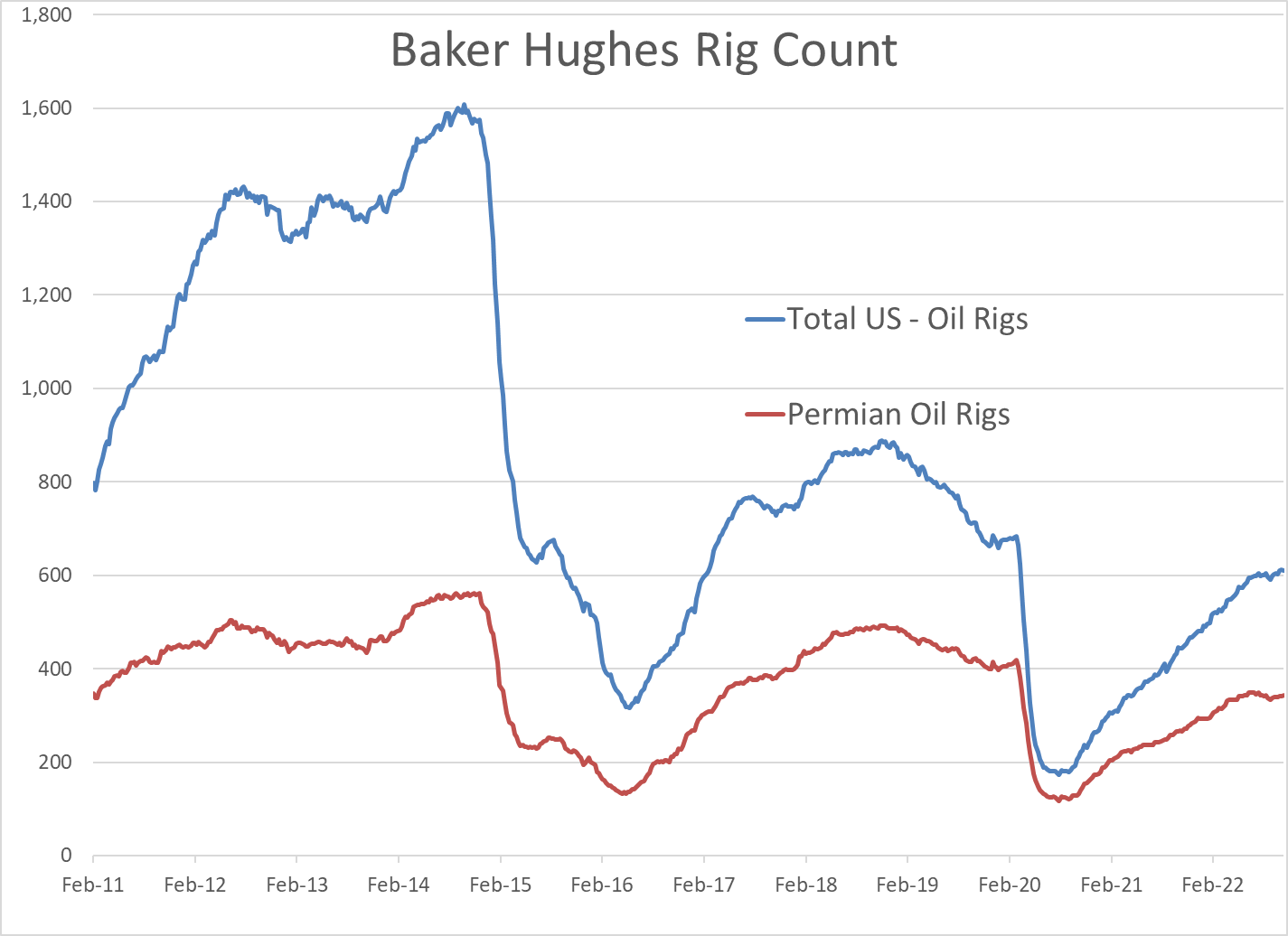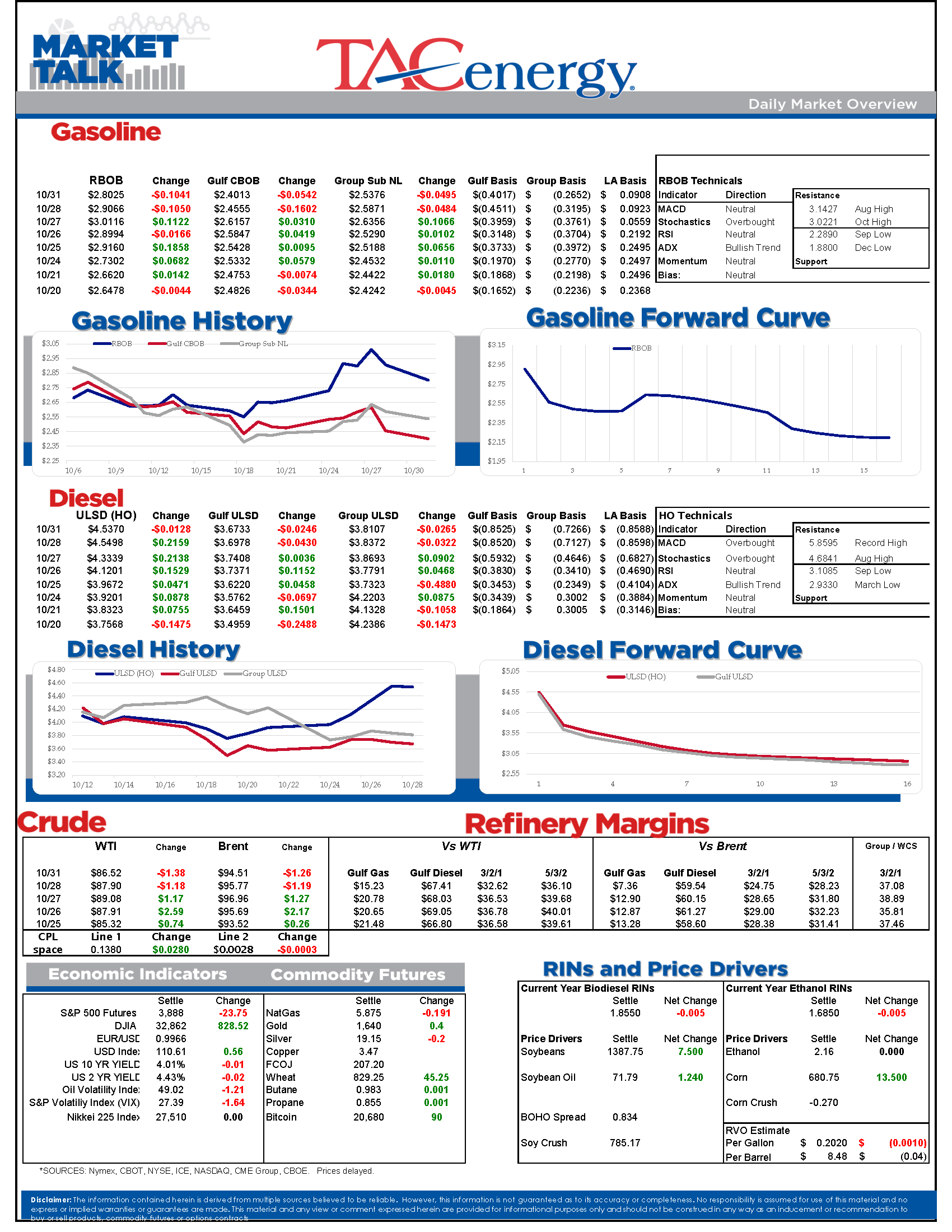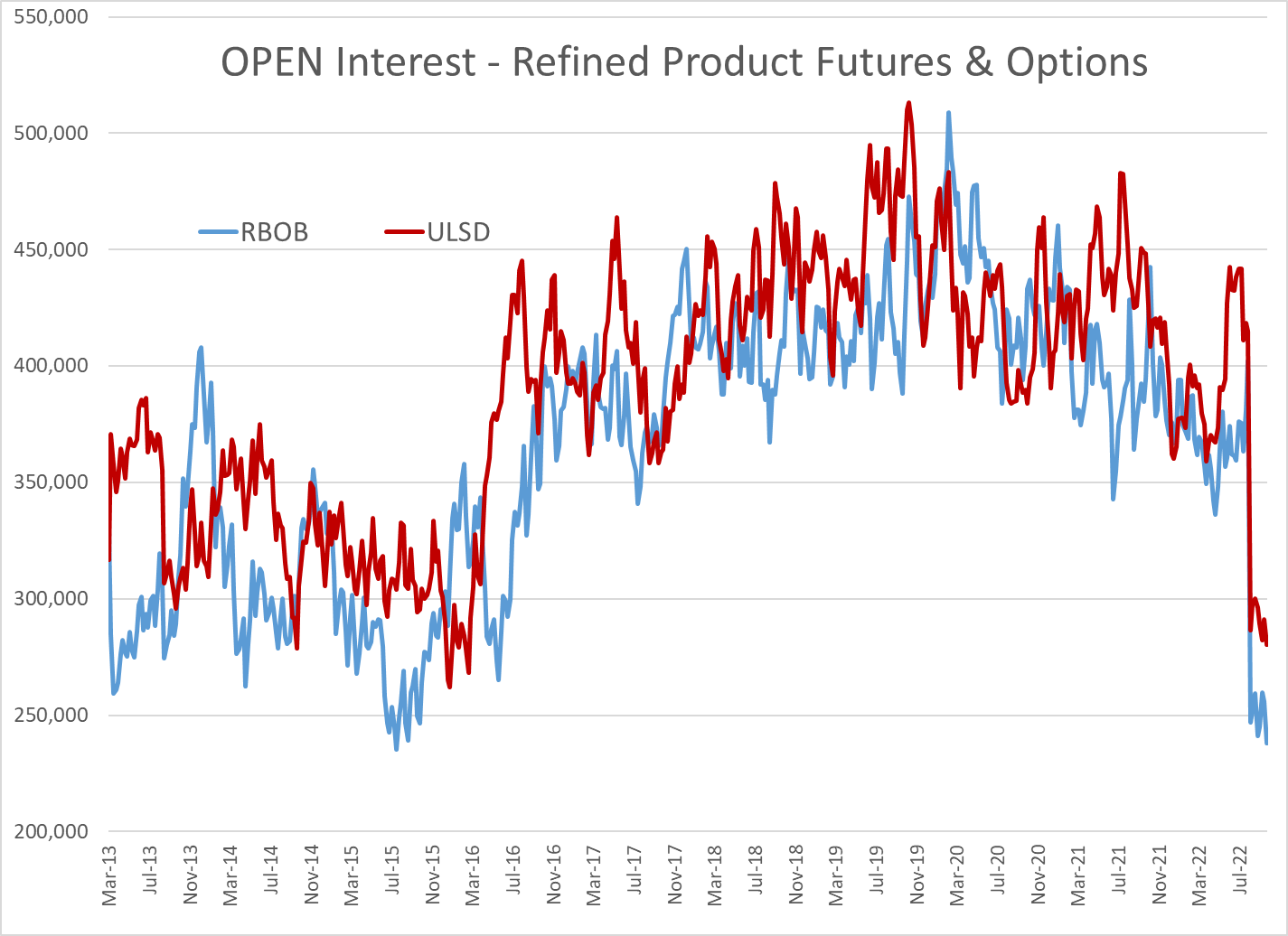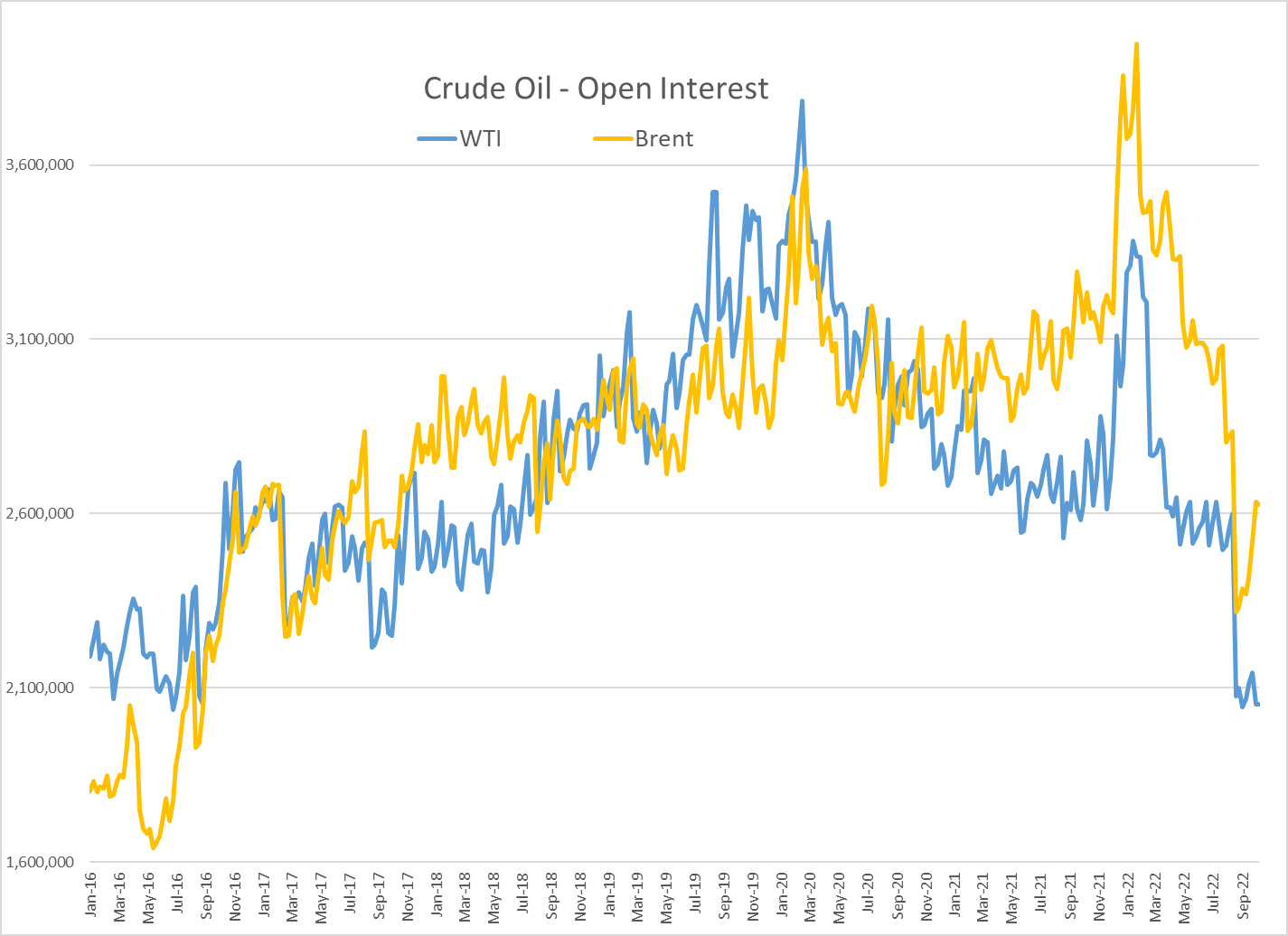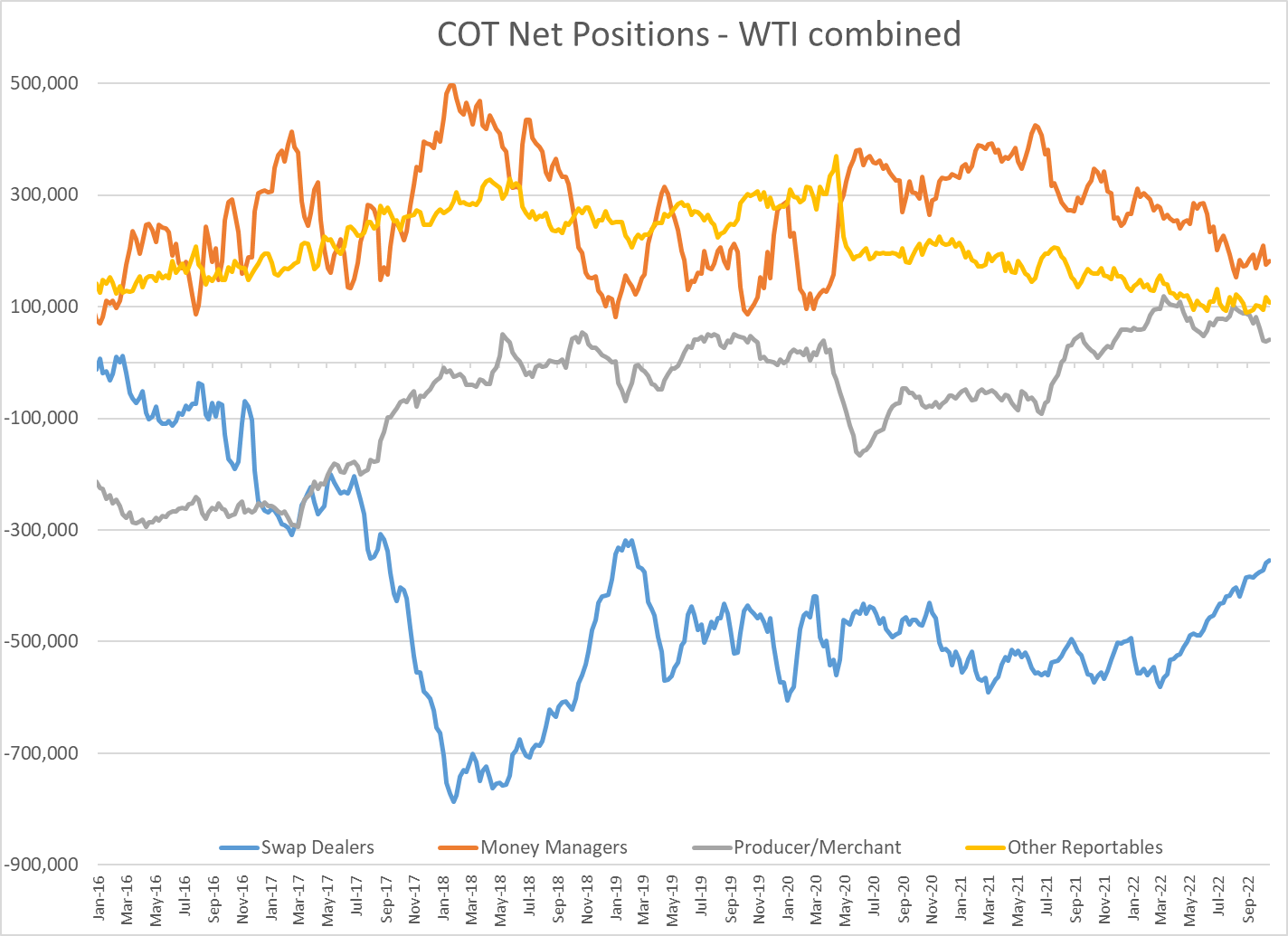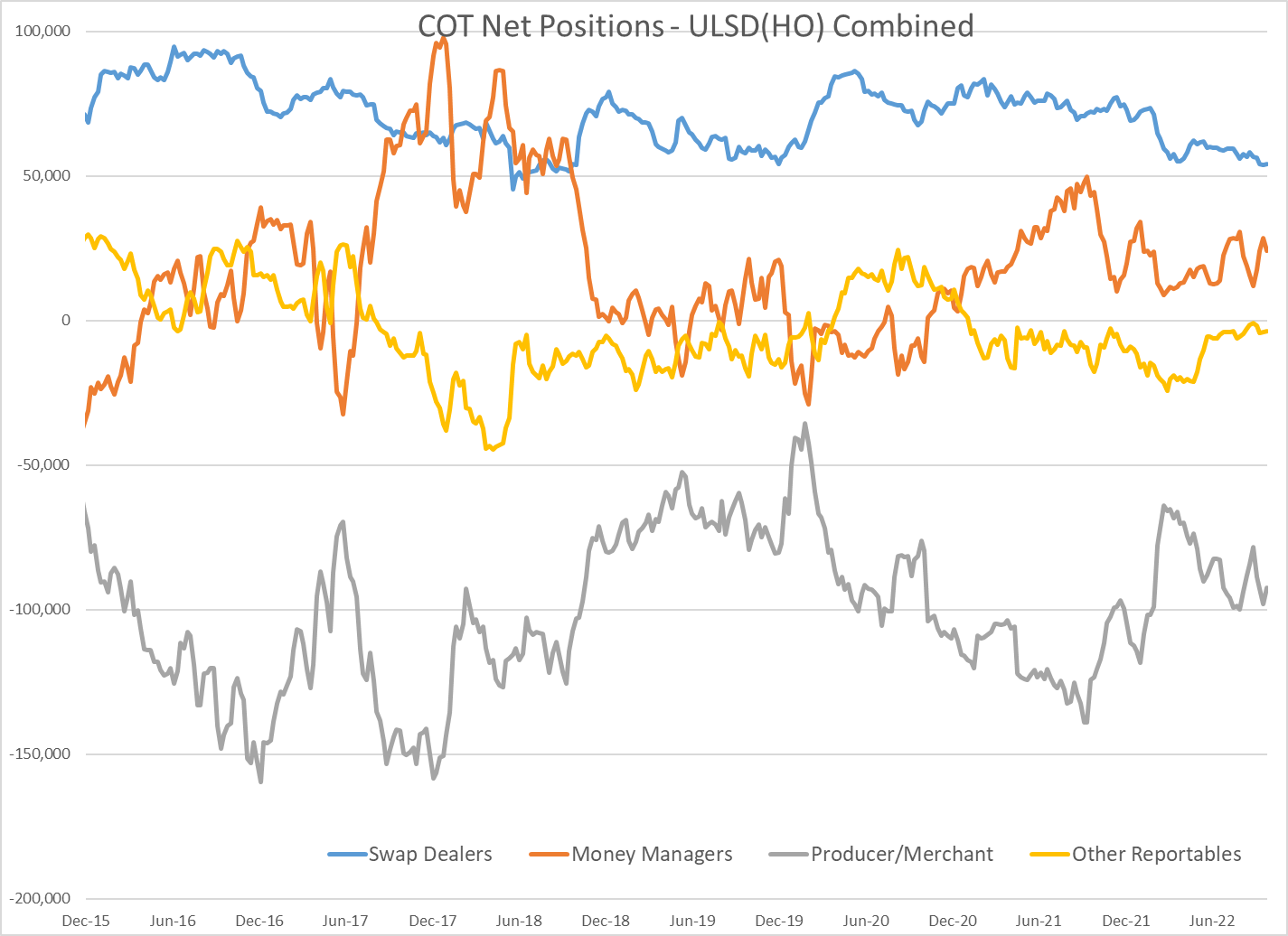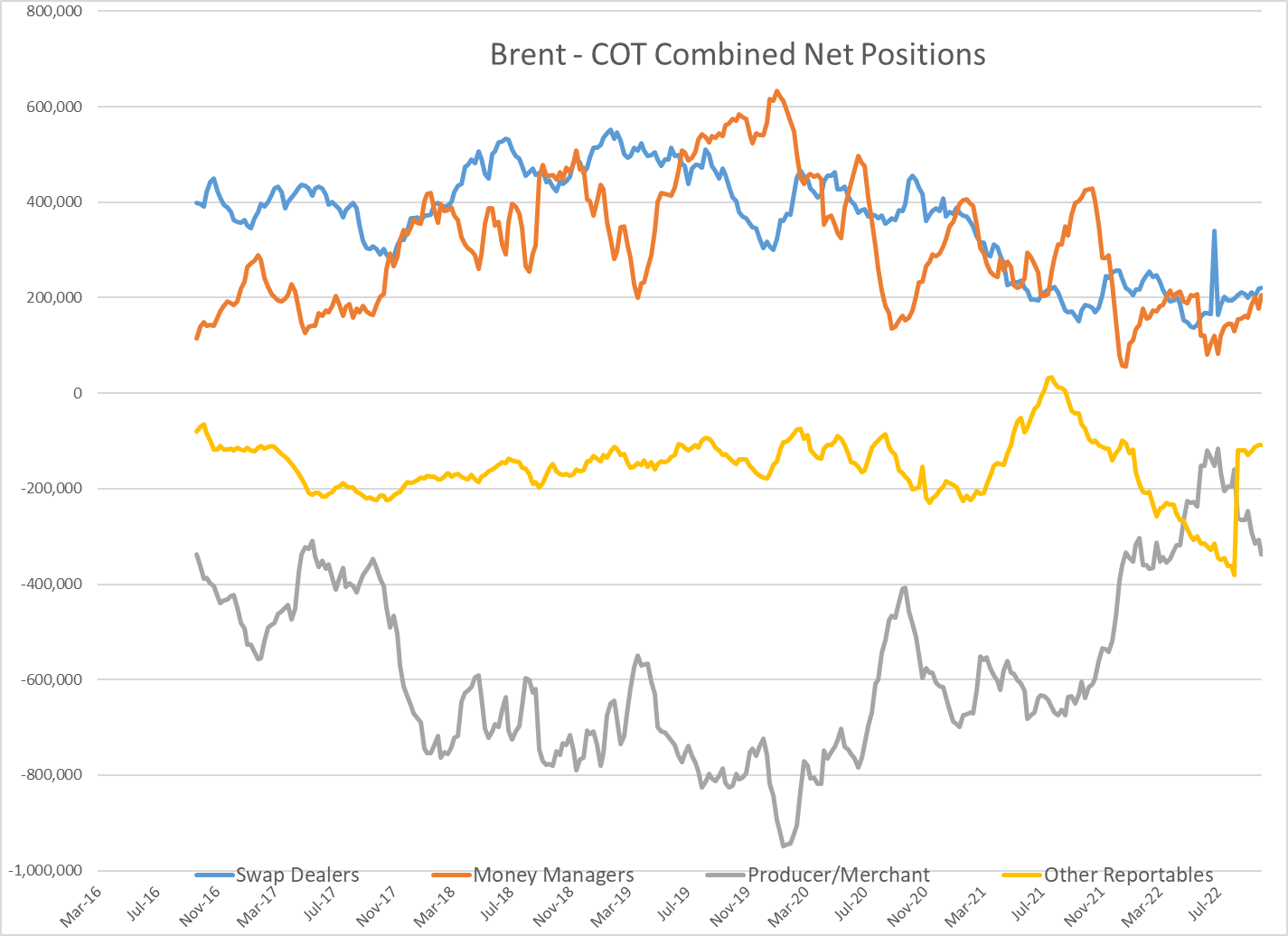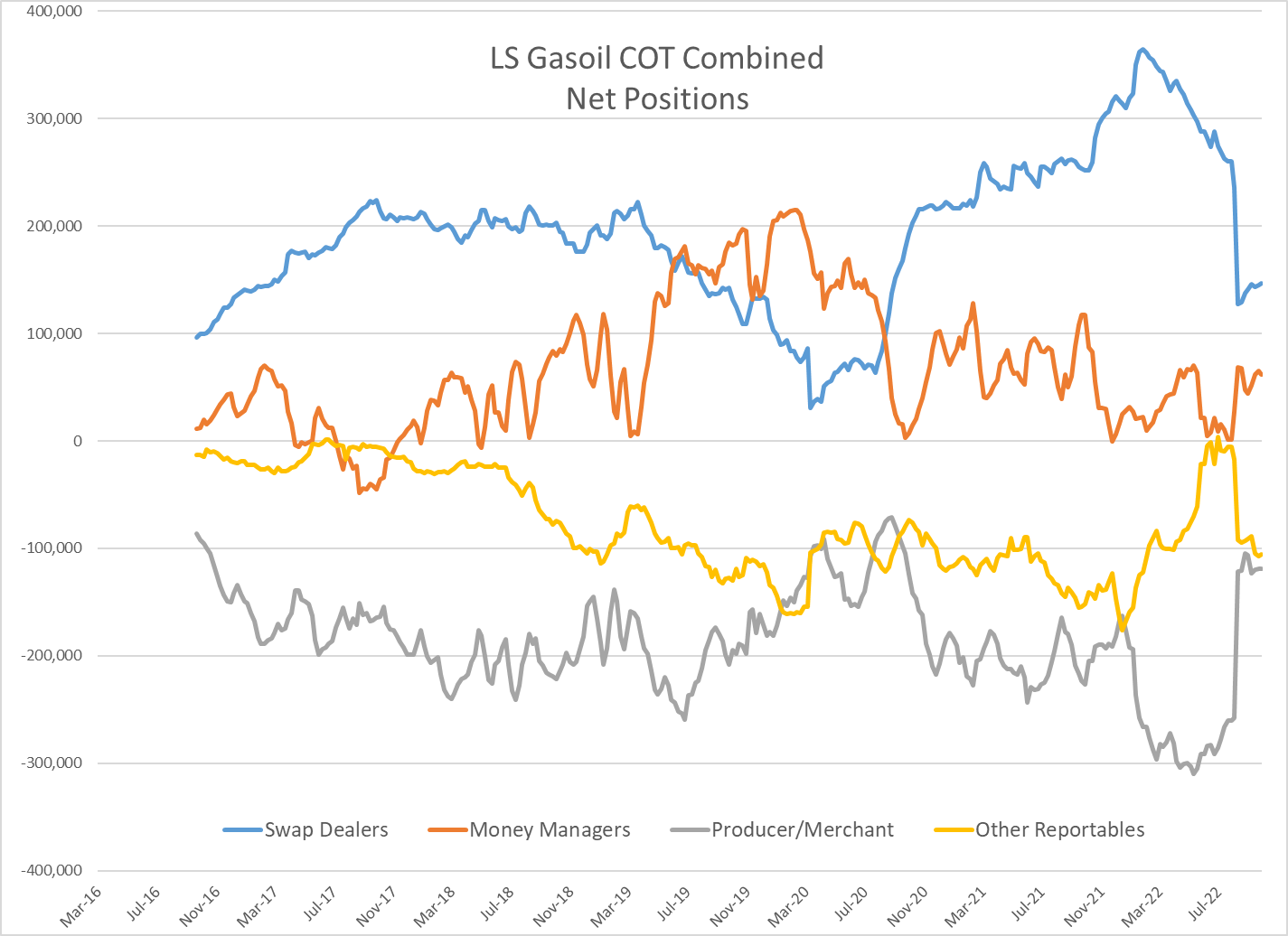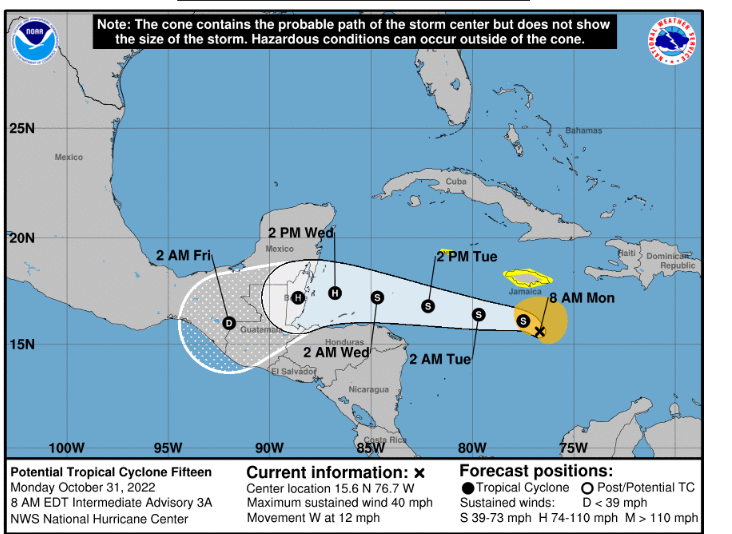Most Petroleum Contracts Are Seeing Modest Selling For A 2nd Straight Session As October Trading Winds Down

Most petroleum contracts are seeing modest selling for a 2nd straight session as October trading winds down, with the latest round of COVID lockdowns in China getting much of the credit for the pullback in prices in an otherwise very strong month of oil and refined product prices.
On October 4th we wrote that “IF diesel prices are able to break through that resistance [200 day MA] there’s an argument to be made that a “W” pattern is forming on the charts that could end up meaning prices rally back to $4.50 this winter.” Of course, we were completely wrong in that claim as prompt values surged to a high of $4.68 on Friday, without even waiting for winter to start.
It’s the last day of October, aka expiration day for the November RBOB and ULSD contracts, which can often bring big price swings and bad jokes about spooky markets on Halloween. Calendar spreads remain incredibly strong with ULSD set to see a 90 cent decline when futures roll to December and RBOB will see a 40 cent drop from the roll tomorrow. Those price drops won’t translate to the cash markets, most of which have already begun trading off of December and seeing large basis swings to adjust to the wild moves in spreads. The silver lining is that only the NYH spot market is still trading at a premium to November futures, with most other spot markets $1 or more cheaper than prompt values in New York, so most of the country isn’t feeling the pain of this latest price spike.
Once bitten, twice shy: Money managers were bailing out of ULSD contracts last week, reducing long contracts by 10% and adding new shorts, despite that surge in prices, perhaps remembering the huge price drops that followed similar surges last spring. In fact, there have been 5 different $1/gallon or more drops in diesel prices since March, which makes it easier to understand why large speculators are renting the diesel contract rather than owning it. Money managers did make healthy increases to net length (bets on higher prices) in Brent, RBOB and WTI contracts last week, but open interest remains low as extreme volatility appears to be keeping many traders on the sidelines.
There’s about to be a hurricane in the Caribbean, but models keep that storm pointed towards Central America and far from being a threat to the US Gulf Coast refining center.
Baker Hughes reported a drop of 2 oil rigs and 1 natural gas rig actively drilling in the US last week. The Permian basin, which makes up the majority of the US rig count, did see 2 more rigs added, but reaching pre-pandemic levels before year-end looks like a long shot as the rate of growth has stalled for a few months.
Something to keep an eye on in the coming weeks: If Russia backs out of the Black Sea grain Initiative, grain and oilseed markets may be thrown into chaos once again, which in turn may up the stakes in the feedstock wars between producers of Renewable diesel, Biodiesel, SAF, and those just trying to feed their families.
Click here to download a PDF of today's TACenergy Market Talk.
News & Views
View All
The Recovery Rally In Energy Markets Continues For A 3rd Day
The recovery rally in energy markets continues for a 3rd day with refined product futures both up more than a dime off of the multi-month lows we saw Wednesday morning. The DJIA broke 40,000 for the first time ever Thursday, and while it pulled back yesterday, US equity futures are suggesting the market will open north of that mark this morning, adding to the sends of optimism in the market.
Despite the bounce in the back half of the week, the weekly charts for both RBOB and ULSD are still painting a bearish outlook with a lower high and lower low set this week unless the early rally this morning can pick up steam in the afternoon. It does seem like the cycle of liquidation from hedge funds has ended however, so it would appear to be less likely that we’ll see another test of technical support near term after this bounce.
Ukraine hit another Russian refinery with a drone strike overnight, sparking a fire at Rosneft’s 240mb/day Tuapse facility on the black sea. That plant was one of the first to be struck by Ukrainian drones back in January and had just completed repairs from that strike in April. The attack was just one part of the largest drone attack to date on Russian energy infrastructure overnight, with more than 100 drones targeting power plants, fuel terminals and two different ports on the Black Sea. I guess that means Ukraine continues to politely ignore the White House request to stop blowing up energy infrastructure in Russia.
Elsewhere in the world where lots of things are being blown up: Several reports of a drone attack in Israel’s largest refining complex (just under 200kbd) made the rounds Thursday, although it remains unclear how much of that is propaganda by the attackers and if any impact was made on production.
The LA market had 2 different refinery upsets Thursday. Marathon reported an upset at the Carson section of its Los Angeles refinery in the morning (the Carson facility was combined with the Wilmington refinery in 2019 and now reports as a single unit to the state, but separately to the AQMD) and Chevron noted a “planned” flaring event Thursday afternoon. Diesel basis values in the region jumped 6 cents during the day. Chicago diesel basis also staged a recovery rally after differentials dropped past a 30 cent discount to futures earlier in the week, pushing wholesale values briefly below $2.10/gallon.
So far there haven’t been any reports of refinery disruptions from the severe weather than swept across the Houston area Thursday. Valero did report a weather-related upset at its Mckee refinery in the TX panhandle, although it appears they avoided having to take any units offline due to that event.
The Panama Canal Authority announced it was increasing its daily ship transit level to 31 from 24 as water levels in the region have recovered following more than a year of restrictions. That’s still lower than the 39 ships/day rate at the peak in 2021, but far better than the low of 18 ships per day that choked transit last year.
Click here to download a PDF of today's TACenergy Market Talk.

Energy Prices Found A Temporary Floor After Hitting New Multi-Month Lows Wednesday
Energy prices found a temporary floor after hitting new multi-month lows Wednesday morning as a rally to record highs in US equity markets and a modestly bullish DOE report both seemed to encourage buyers to step back into the ring.
RBOB and ULSD futures both bounced more than 6 cents off of their morning lows, following a CPI report that eased inflation fears and boosted hopes for the stock market’s obsession of the FED cutting interest rates. Even though the correlation between energy prices and equities and currencies has been weak lately, the spillover effect on the bidding was clear from the timing of the moves Wednesday.
The DOE’s weekly report seemed to add to the optimism seen in equity markets as healthy increases in the government’s demand estimates kept product inventories from building despite increased refinery runs.
PADD 3 diesel stocks dropped after large increases in each of the past 3 weeks pushed inventories from the low end of their seasonal range to average levels. PADD 2 inventories remain well above average which helps explain the slump in mid-continent basis values over the past week. Diesel demand showed a nice recovery on the week and would actually be above the 5 year average if the 5% or so of US consumption that’s transitioned to RD was included in these figures.
Gasoline inventories are following typical seasonal patterns except on the West Coast where a surge in imports helped inventories recover for a 3rd straight week following April’s big basis rally.
Refiners for the most part are also following the seasonal script, ramping up output as we approach the peak driving demand season which unofficially kicks off in 10 days. PADD 2 refiners didn’t seem to be learning any lessons from last year’s basis collapse and rapidly increased run rates last week, which is another contributor to the weakness in midwestern cash markets. One difference this year for PADD 2 refiners is the new Transmountain pipeline system has eroded some of their buying advantage for Canadian crude grades, although those spreads so far haven’t shrunk as much as some had feared.
Meanwhile, wildfires are threatening Canada’s largest oil sands hub Ft. McMurray Alberta, and more than 6,000 people have been forced to evacuate the area. So far no production disruptions have been reported, but you may recall that fires in this region shut in more than 1 million barrels/day of production in 2016, which helped oil prices recover from their slump below $30/barrel.
California’s Air Resources Board announced it was indefinitely delaying its latest California Carbon Allowance (CCA) auction – in the middle of the auction - due to technical difficulties, with no word yet from the agency when bidders’ security payments will be returned, which is pretty much a nice microcosm for the entire Cap & Trade program those credits enable.

